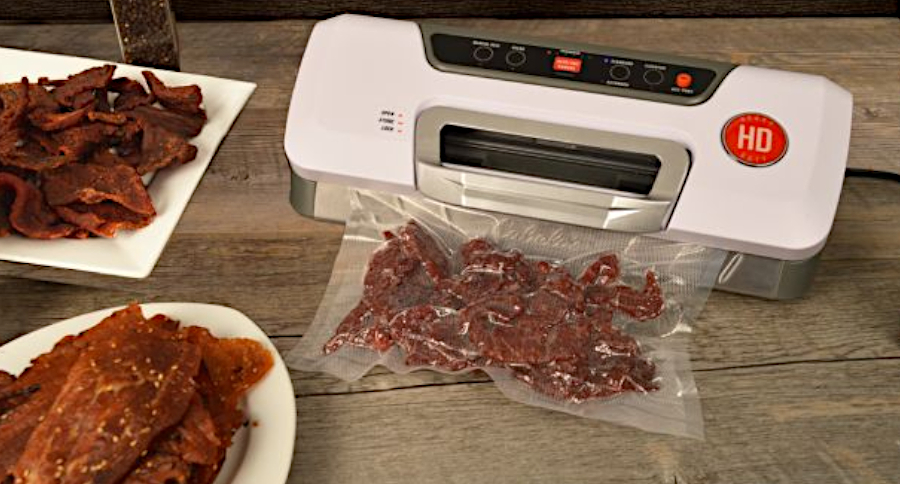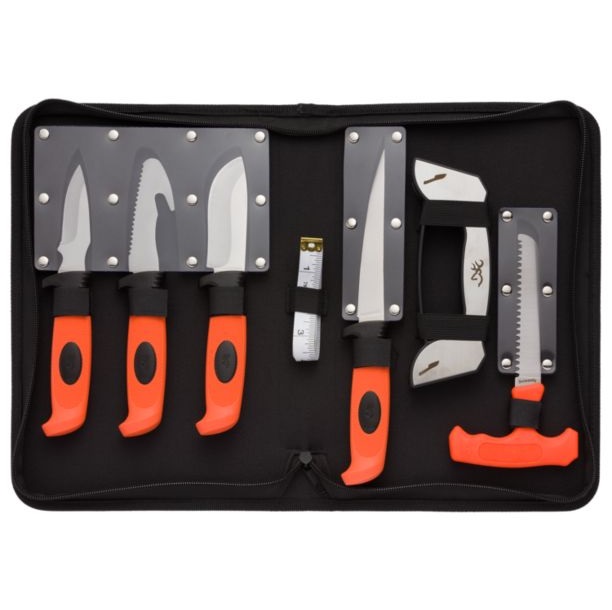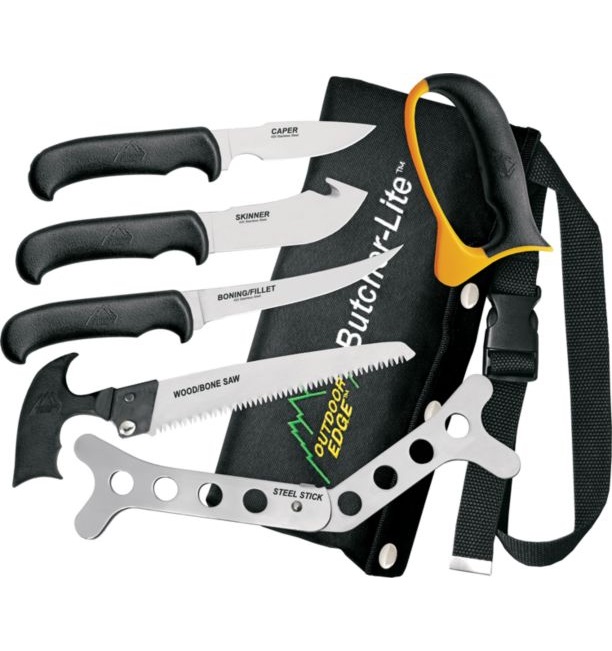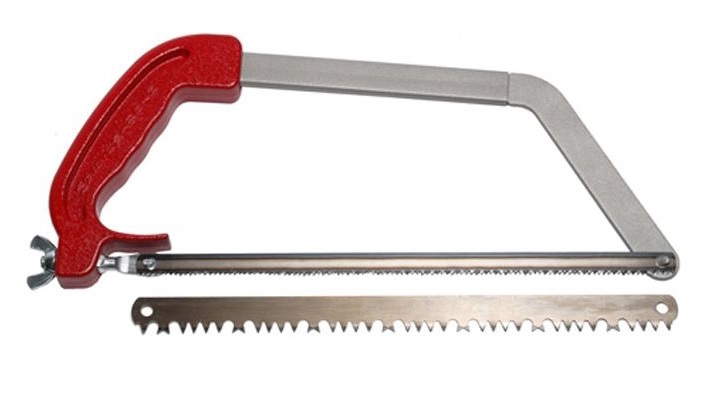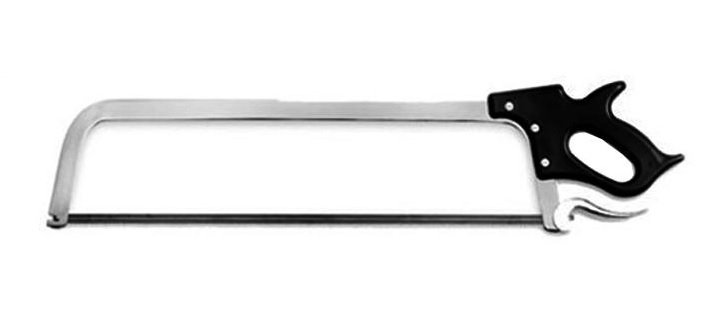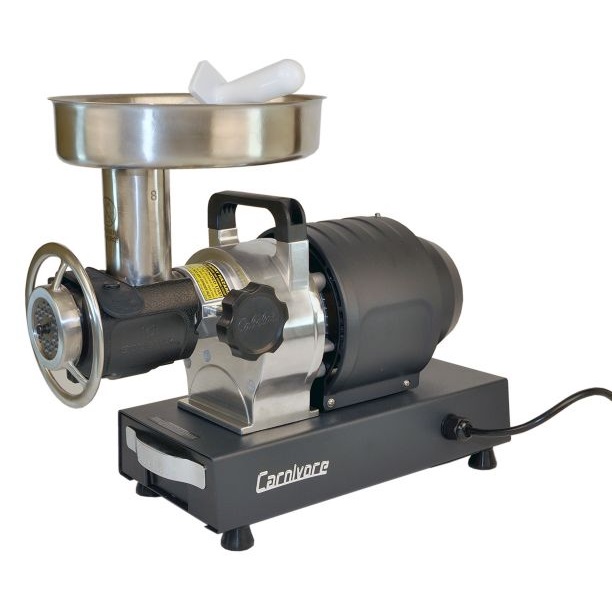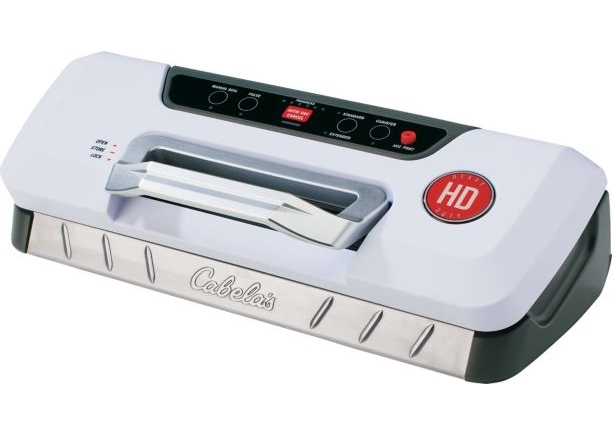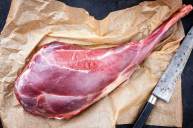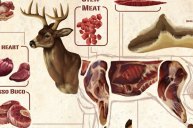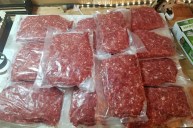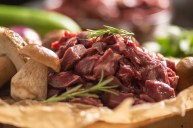Here are some helpful products for butchering your own venison this deer hunting season.
Looking to save some money this hunting season and in seasons to come? Maybe it is time to consider doing your own deer processing. Many hunters are intimidated with the idea of cutting and packaging their own deer meat, but it is easier than you may think. You are already doing the field dressing, why not take the next logical step?
While butchering deer is possible with items you already own, like a sharp knife, gambrels, and cutting boards, you can make the processes of deboning and skinning easier by picking up some new tools specifically tailored to the task ahead of the season. With the proper tools you will be quartering and deboning like a pro in no time. You will also save money on expensive processor fees in the process.
Cutting up your own meat also guarantees you are getting the deer you shot back. Today we will look at items you can use that will have you more involved in processing your wild game meat for years to come.
A good set of knives
This may seem obvious, but a good set of blades can make the difference between an easy processing job with every cut of meat you were hoping for and a total disaster that ends up with mostly ground and stew meat. The sharper the blade is, the better and easier your work will be. A high-quality knife will slice through the different muscle groups and connective tissue like butter, allowing you to quickly remove the tenderloins, front legs, hind legs, shanks and neck meat with ease.
When it comes to steel types, a high carbon steel with good edge retention is preferable. You do not want something that is going to start going dull after the first cut because some parts of the deer can be especially tough. Ideally you want to be able to make quick, clean cuts the first time to avoid wasted meat.
Something like this Outdoor Edge Butcher-Lite set would be a good choice. The blades are 420 stainless steel and they are full tang for extra strength. Most pros make it look easy in the videos, but you will probably have to work the blade a few times before you figure things out. The full tang will allow you to do that without worry of the blade snapping and causing an injury.
Buying a full set of blades is a good idea because they will usually give you a blade with a gutting hook to easily slice the belly of the animal open, a fillet or boning knife to quickly slice off the rump and remove the rib cage and backstraps of any whitetail or mule deer. These sets usually have a fine blade fillet knife that helps with more delicate tasks like slicing that thin layer of silver skin off the backstraps and tenderloins.
Knives are like most products you can buy today. You will get what you pay for. If you are planning on going all-in on butchering your own animals, it makes sense to invest in a quality set of blades the first time. Preferably some that will last you season after season with minimal re-sharpening.
A Bone Saw
Some people make slicing a deer up look easy. There are countless videos online that show these men and women quickly and easily cutting up the carcass into the various cuts of meat with only a simple knife. Most of them easily remove the legs and front shoulders with only a fillet knife. It should not surprise you to learn that it usually takes years to get that good at cutting up a deer. That is where a good hacksaw or bone saw comes in handy. It can handle the cuts that your knife cannot like the deer's pelvic bone or the animal's spine when removing the head.
Speaking of the animal's head, bone saws become even more important in chronic wasting disease or CWD management areas. State regulations in many areas require any meat to be completely de-boned before they can cross state lines. This is to prevent the spread of the prions that cause the disease. They are known to hang out in the animal's brain and spine. In many cases, to take your trophy legally across state lines, this means completely removing the skull cap and cleaning it of any brain matter. A good bone saw will help you remove the antlers quickly and easily.
For brands, check out something like Wyoming saws, which are designed specifically for cutting up big game. They are light and durable with their stainless steel blades. If you are quartering up a deer in the backcountry, they are easy to add to your pack without taking up a ton of space. You might also consider something like the LEM 22-inch meat saw for a butchering job that will be done largely in your garage. The blade of this saw is BPA free. That just means it does not have a potentially harmful chemical often used in the production of plastics. That makes the saw food grade and safer to use on your freshly-harvested venison.
Meat Grinder
Who does not enjoy a grilled venison burger during the summer months? I am looking forward to making some myself with my whitetail from last season in the coming weeks. A good grinder is an absolute must when processing your own deer. It helps you quickly produce ground meat that can then be stored until you need it for burgers, meatballs, tacos or whatever. That is the great thing about ground venison, how versatile you can be with it.
If you are only processing one deer a year, you do not really need anything fancy. A simple and cheap hand crank grinder will get the job done. The Chard Number 22 above even includes nozzles to help you create fast and easy bratwursts, sausages and breakfast links. No more paying through the nose for the processor to do it!
For hunters planning to harvest several deer a year or those who are processing deer for family members, it is worth looking into an electric meat grinder. The Cabela's Carnivore Commercial-Grade can grind 5-7 pounds of venison a minute. Most user reviews say they had a hard time keeping up with it. That means more time enjoying your harvest with the family and less time breaking the animal down.
One thing to remember when grinding your meat is to remove as much of the fat, silver skin and tendons as you can before grinding it. Not only will this produce a purer, healthier venison with less of that "gamey" taste, but it will also help prevent your grinder from getting clogged and will allow you to process more meat faster.
Vacuum Sealer
When you have a successful hunting season, you would probably like to enjoy the results of that harvest all year-round. To keep your meat fresh and to lock in the flavor, a quality vacuum sealer is a must. A good vacuum sealer is often a large investment, but it is one that will pay off for years to come. A sealer will allow you to suck all the air out and keep the meat fresh for months. That means you can keep enjoying venison meals well into the summer months. That is one way to get through the long, hard off-season!
Some vacuum sealers can sell for hundreds of dollars, but if you are only doing one or two deer a year, something like the Cabela's Heavy-Duty vacuum sealer will do the job. If you are planning to do a lot of vacuum sealing beyond just your wild game meat, consider a higher-end product like the Weston Stinless Steel Pro-2300 sealer.
Vacuum sealers also allow you to marinate meats for long periods of time. When you do finally cut the bags open to cook, the flavor will be greatly enhanced. If you have a garden, you can get more for your money by also using a vacuum sealer to seal food you have grown yourself. If you are looking to save money and make less trips to the supermarket, one of these machines is a wise purchase.
Processing your own deer meat at home takes a little practice, but it is a handy life skill to have. Over time you will save money and the meals you create from your harvested animals will be even more satisfying when you are involved in every step of the process yourself.
For more outdoor content from Travis Smola, be sure to follow him on Twitter and check out his Geocaching and Outdoors with Travis YouTube channels.
NEXT: SIG SAUER CROSS RIFLE FOLDS THE GAP BETWEEN TACTICAL, HUNTING PURPOSES
WATCH
